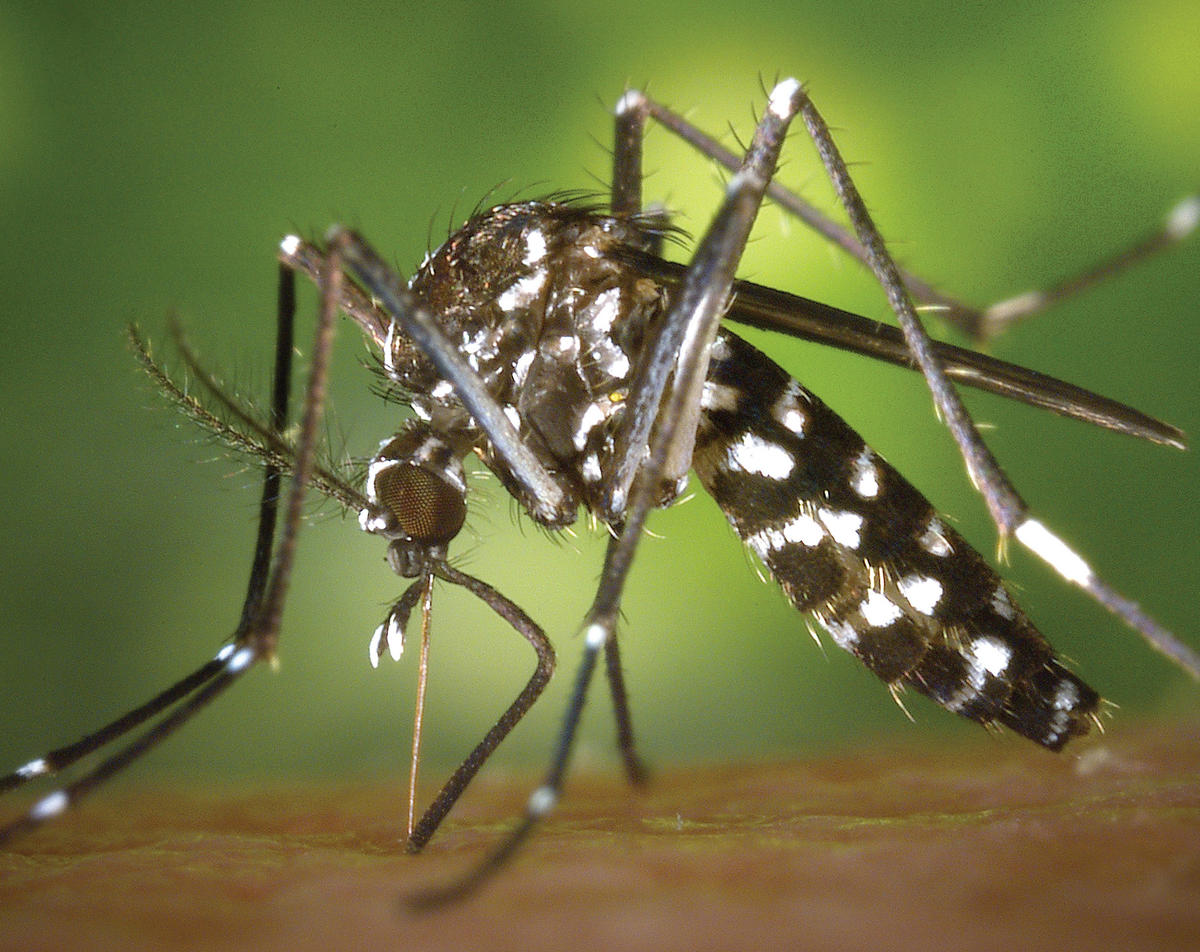When invasive species move into a new region, they can outcompete native species. Yet this is not the case with mosquitoes in Baltimore, Maryland. Cary’s Shannon LaDeau is co-author on a new study published in the journal Insects. The research team found that invasive Aedes albopictus mosquitoes and native Culex pipiens mosquitoes are able to coexist given the right breeding habitat, with trashcans playing an outsized role in Culex persistence. Findings can help inform mosquito control strategies.
Milder temperatures are making northern cities more hospitable to mosquitoes, including species that can make people sick. Culex pipiens, the most common mosquito in northern US cities, is the primary vector of West Nile virus. Aedes albopictus mosquitoes carry and transmit a range of viruses that cause illness including Zika, dengue, and chikungunya.

LaDeau explains, “Aedes albopictus have a competitive edge. They mature faster and require less food. Their larvae tend to colonize aquatic habitats before Culex, and they exhaust food resources and leave little behind. We would expect Culex to decline with Aedes invasion. Surprisingly, despite Aedes competition, Culex numbers remain strong in Baltimore. We wanted to understand how both mosquito species were thriving, to better manage mosquitoes and minimize disease risk to urban residents.”
The team set out to determine how container habitats commonly found in West Baltimore influence which mosquito species persist in the environment. Water samples were collected from two container types: ‘functional’, which included buckets, fence poles, and trash cans, and ‘discarded’ which included dumped tires, plastic, and Styrofoam litter. Back in lead author Paul Leisnham’s lab at the University of Maryland, water samples were populated with Aedes and Culex larvae to test interspecies competition.
“We found that differences in the types of containers people leave outside shape mosquito species’ ability to persist. Aedes outcompeted Culex in water collected from discarded habitats, like tires and litter, and small functional containers, like buckets, which generally contained less nutrient-rich water," LaDeau explains. "However, Culex did just fine when reared alongside Aedes in the warmer, nutrient-rich water collected from outdoor garbage cans.”

Although Aedes aren’t prime West Nile virus vectors like Culex, they are known to aggressively feed on people and could amplify West Nile virus transmission if Culex are also present. In fact, another study by this group (Rothman 2020) found that up to 15% of Aedes albopictus sampled in West Baltimore were positive for West Nile virus infection.
LaDeau concludes, “Our findings suggest that managing water and water-holding containers in urban landscapes is a critical strategy for controlling mosquitoes and reducing disease risk. However, the work also highlights mosquitoes’ ability to thrive in a variety of container types. Simply cleaning up litter will not have a significant impact on mosquito numbers if other habitat types are present. Targeting managed containers, like garbage cans, could play an important role in mosquito control.”
Citation
Leisnham PT, LaDeau SL, Saunders MEM, Villena OC. Condition-Specific Competitive Effects of the Invasive Mosquito Aedes albopictus on the Resident Culex pipiens among Different Urban Container Habitats May Explain Their Coexistence in the Field. Insects. 2021; 12(11):993. https://doi.org/10.3390/insects12110993





